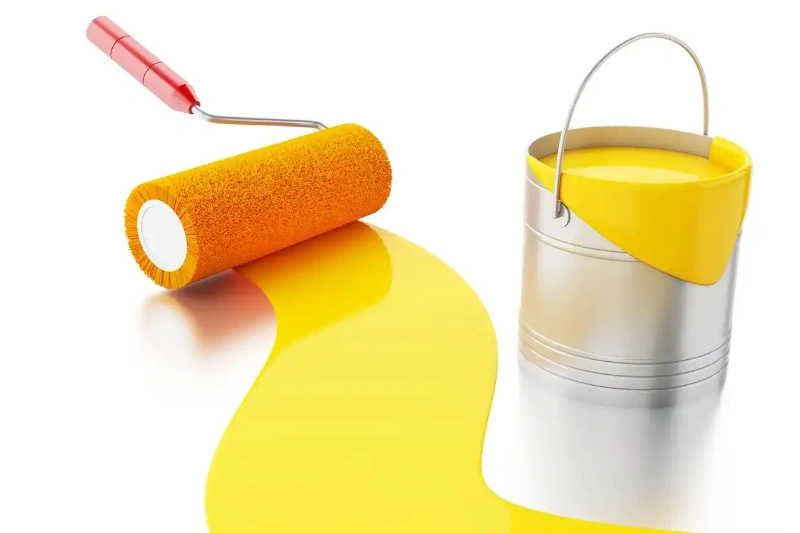In the coatings industry, calcium carbonate (CaCO₃) may seem ordinary, but it is an indispensable “golden supporting role.” Whether it’s for home wall paints, industrial anti-corrosion coatings, or high-end wood coatings, calcium carbonate holds a significant position due to its high cost-performance and versatility. What are the application scenarios, technical advantages, and market cases of calcium carbonate in coatings? Let’s take a closer look at the industrial value of this “low-key king.”

Hardcore Strength
Calcium carbonate is divided into two types: heavy calcium carbonate (heavy calcium) and light calcium carbonate (light calcium), each playing a different role in coatings:

- Heavy Calcium: Made by grinding natural minerals, heavy calcium has larger particles. It improves the wear resistance and filling properties of coatings at a lower cost.
- Light Calcium: Produced through chemical synthesis, light calcium has finer particles. It enhances the leveling and gloss of coatings.
Core Functions
- Cost Reduction & Efficiency Boost: Replaces part of titanium dioxide (TiO₂), reducing formulation costs (calcium carbonate is about 1/10th the price of titanium dioxide).
- Performance Optimization: Adjusts the viscosity and opacity of coatings, enhancing weather resistance and anti-settling properties.
- Environmental Support: As an inorganic filler, it reduces VOC emissions, aligning with the green coating trend.
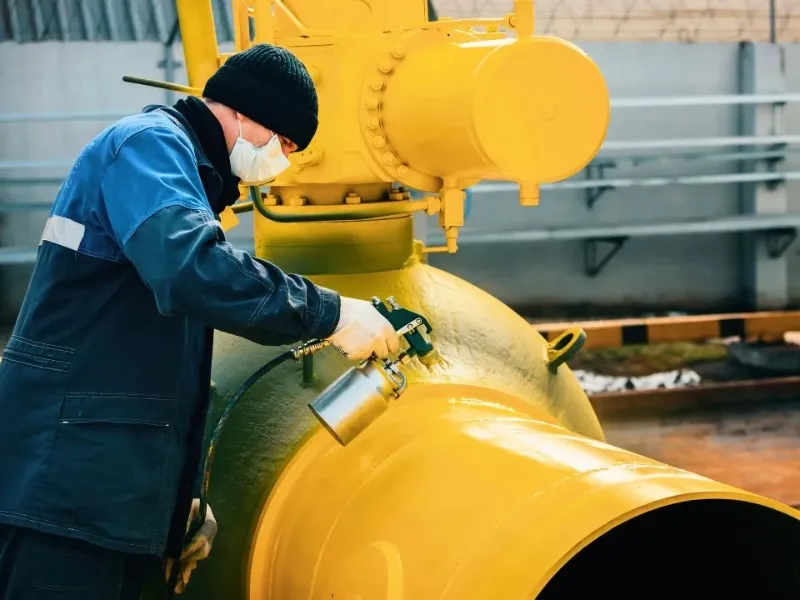
Four Key Areas of Deep Application in Coatings
Architectural Coatings
- Application scenarios: Interior and exterior wall latex paint, putty powder, real stone paint, etc.
- Data insights: Architectural coatings account for 46%-47% of the global total coating production (2025 data). The amount of calcium carbonate added is 15%~30%, and some industrial paints account for more than 40%.
Industrial Anti-corrosion Coatings

Application Scenarios: Metal anti-corrosion coatings for ships, bridges, storage tanks, etc.
- Technological Breakthrough: Nano-calcium carbonate combined with epoxy resin can block water and oxygen penetration, extending the anti-corrosion period.
- Research Insight: A study showed that epoxy coatings with 20% nano-calcium carbonate enhanced salt spray resistance by 50%.
Wood Coatings
Application Scenarios: Solid wood furniture paints, wooden floor UV coatings.
- Innovative Application: Ultrafine light calcium (particle size ≤ 2μm) is used in water-based wood coatings, solving the issue of coating collapse.
- UV Cured Coatings: The calcium carbonate content can reach up to 15%, reducing curing time by 20%.
Automotive Coatings
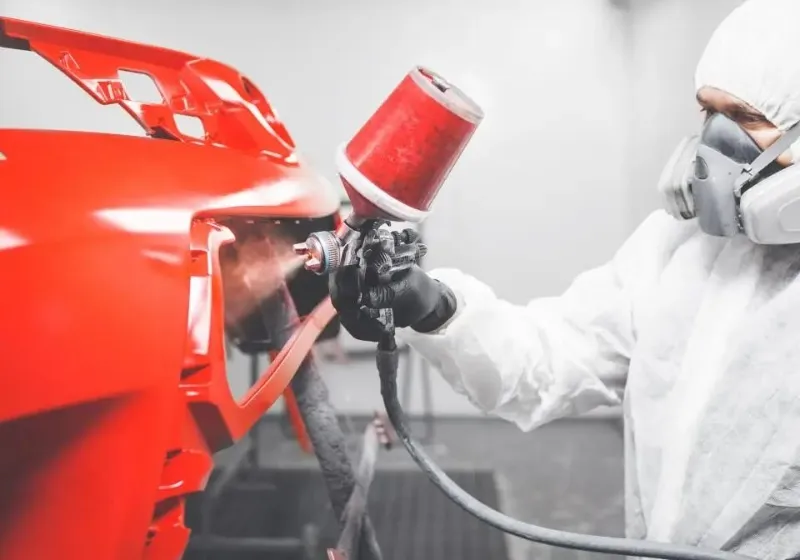
- Application Trends: Calcium carbonate is used in primers and intermediate coatings to reduce coating density, helping reduce vehicle weight. In electric vehicle battery enclosure coatings, the addition of calcium carbonate enhances flame retardancy.
Future Outlook
- Functionalization and High Performance: Through surface modification (such as coupling agents or polymer coatings), calcium carbonate can gain special functions like hydrophobicity, antibacterial properties, conductivity, and flame retardancy to meet the needs of high-end coatings.
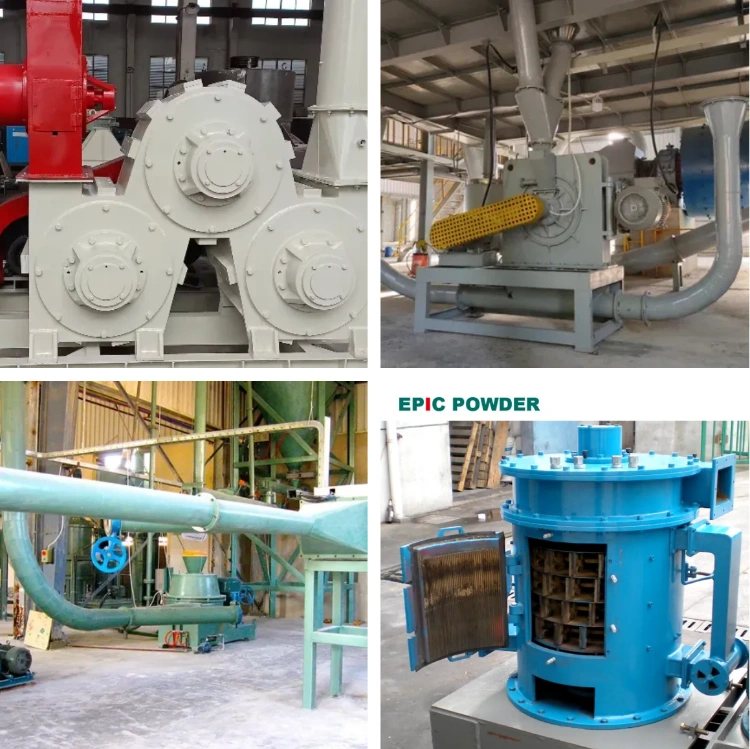
- Nanomaterial Application Deepening: Nano-calcium carbonate is used to enhance the mechanical, optical, and rheological properties of coatings. The key challenges are solving dispersion stability, reducing costs, and scaling its use in automotive topcoats, UV coatings, and other specialty coatings.
- Eco-Friendly and Low-VOC Formulations: As an eco-friendly filler, the focus is on optimizing its compatibility, dispersibility, and water resistance in water-based coatings. It also explores replacing organic materials in powder or high-solids coatings to help meet environmental standards.
- Resource Recycling and Sustainability: Using industrial by-products or biomass resources (such as phosphogypsum or shells) to produce high-value-added calcium carbonate and reduce dependence on ores. The key lies in breakthroughs in purification, modification technology, and stable performance.
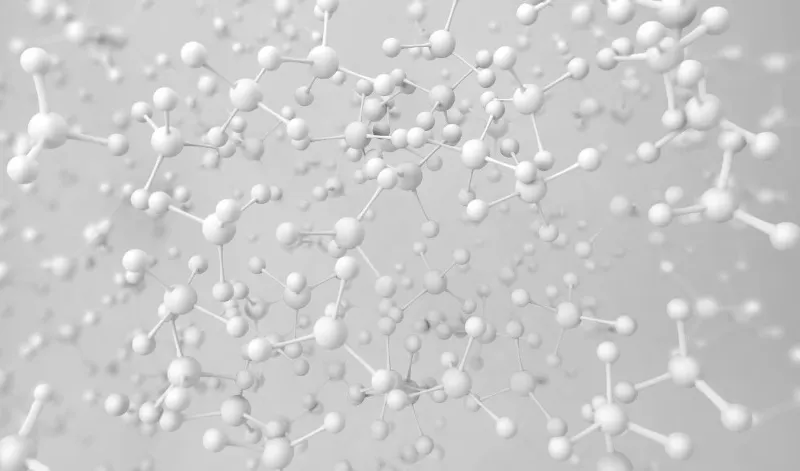
- Smart and Customized Production: By smartly controlling parameters such as particle size, morphology, and surface properties according to coating systems and performance requirements, customized production can maximize the effectiveness of calcium carbonate in specific formulations.
Conclusion
From a few dollars per square meter in industrial coatings to high-value automotive coatings costing thousands, calcium carbonate remains the “secret weapon” for cost reduction and efficiency enhancement in the coatings industry. With tightening environmental policies and technological advancements, this traditional material is experiencing a renaissance. For coating companies, those who can master high-end applications of calcium carbonate first will gain a competitive edge.
Epic Powder
As a leader in the ultrafine powder industry, Epic Powder excels in providing tailored solutions for the production and application of high-performance powders, including calcium carbonate. With over 20 years of expertise, we are committed to advancing the efficiency and sustainability of coating formulations. By leveraging our cutting-edge technologies and deep industry knowledge, Epic Powder continues to empower businesses in the coatings sector, ensuring they stay ahead in the ever-evolving market. Whether it’s optimizing costs or enhancing product performance, Epic Powder is your trusted partner in powder processing innovation.
